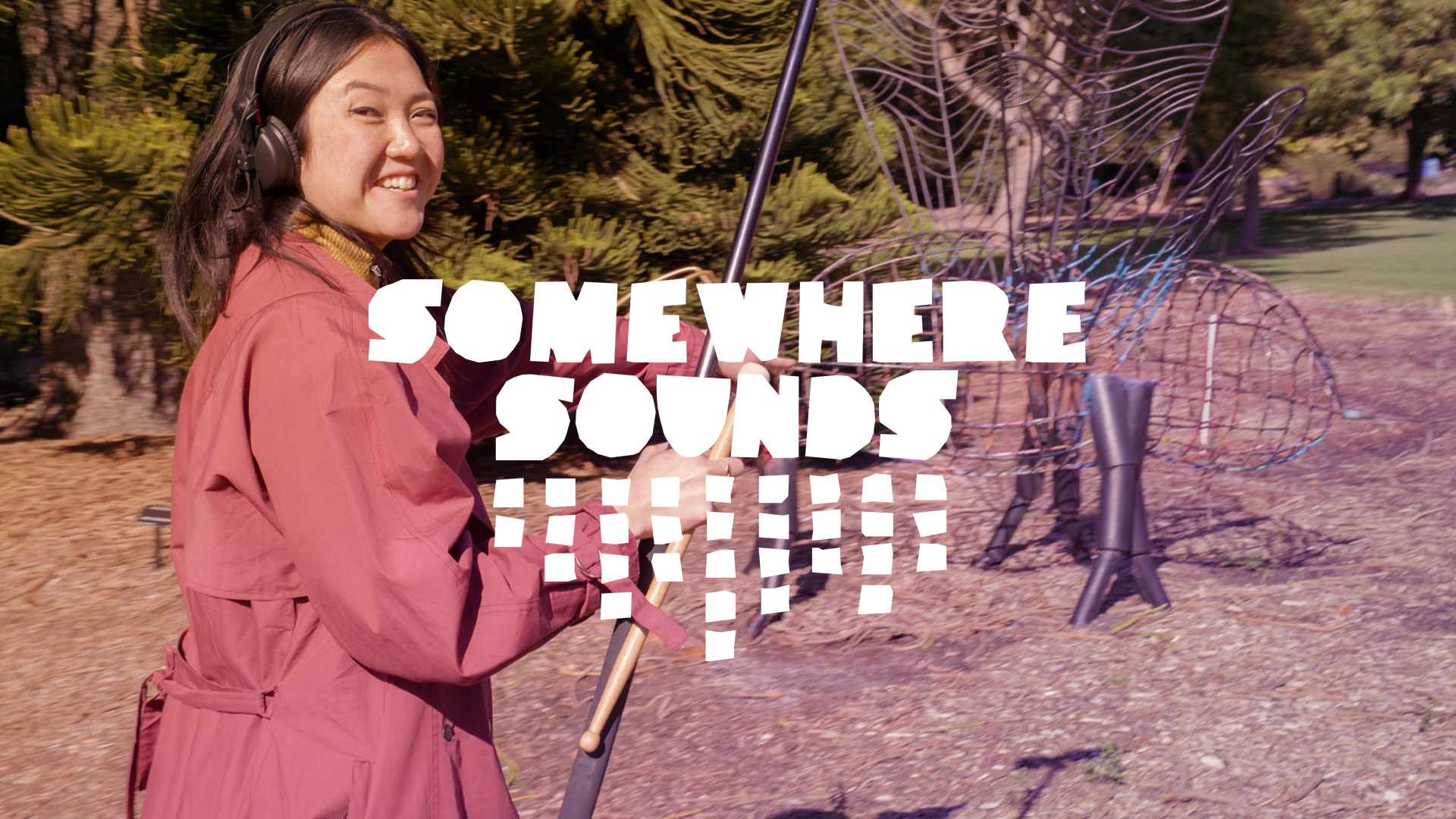MPE (MIDI Polyphonic Expression) has been taking digital music production by storm in recent years. In Ableton 11 it can be harnessed in powerful ways.
Since the advent of MIDI back in the early ’80s, musicians have been bending notes, applying aftertouch, and manipulating expression one chord at a time. MPE must have seemed like a science-fiction pipe dream to the pioneers of this universal protocol.
Late into the lifespan of MIDI 1.0, however, controllers began to emerge that utilised a new way of expressing MIDI data. All of a sudden, individual notes could be treated differently, which opened up new possibilities for musical performance and composition. Along with a host of other updates, Ableton 11 has ushered in a new era of MPE control. Let’s take a closer look at this feature and how it can be used to breathe new life into electronic productions.

The breakthrough
MIDI itself is a miraculous example of collaboration in the history of the ultra-competitive world of music instrument manufacturing. To get this technology off the ground, it needed to be adopted by several competing keyboard and synthesizer makers. When it was — and when it went on to be very successful — it quickly became an industry-standard method for communication across several devices in the studio.
MIDI-enabled instruments use one channel for communicating pitch expression — including bending – velocity, and other parameters. So if you played a chord and want to bend the pitch, or subtly change the dynamic pressure, it was applied to all notes equally.
The MPE breakthrough meant that each note was assigned its own MIDI channel. Therefore, each of those expressive tools could be devoted to individual notes, even if they were played at the same time. It was a catalyst for a wave of software and hardware innovation, with many controllers beginning to buck the conventional keyboard tradition, in favour of instruments that could exploit more dimensions of touch, like the ROLI Seaboard and the Haken Audio Continuum, among others.
MPE straight to your DAW
In Ableton 11, the Wavetable synth, and the Simpler, Sampler and Arpeggiator devices have been updated to harness the power of MPE. But of course, there are a host of third party soft synths that are MPE enabled, like Reaktor by Native Instruments, Omnisphere 2 by Spectrasonics, and Modular by Softube, to name just a few.
MPE comes into its own when you can play it in with a compatible controller. Obviously, there’s somewhat of a learning curve (it really is a new way to approach performance, especially if you’re used to piano or guitar), but as this demo from Jordan Rudess shows, the potential is incredible.
In Live 11, however, you can also make the most of MPE, even if you don’t have an appropriate controller. After you’ve recorded a clip, you can open up the Note Expression and alter the three MPE values (Pitch bend, slide, and pressure). Much like volume automation, these parameters can be drawn in by using breakpoints, or drawn in with the pencil tool.

The power of MPE is most apparent when altering pitch. As Go Freek demonstrates in his UMAMI technical walkthrough, the new MPE editing options allow for unique and musically exciting transitions between chords. Instead of unnaturally warping every note in a chord by exactly the same pitch distance, you can carefully dial in pitch bends for individual notes, putting a fresh twist on otherwise pedestrian progressions.
Being able to unfold the inner workings of complex harmonies — and how they interact with MIDI expression — and lay them out elegantly within a single interface has been impossible until the launch of Ableton Live 11. MPE gives musicians a new way to create evolving synthetic textures and there’s little doubt you’ll be hearing it more and more in years to come.



